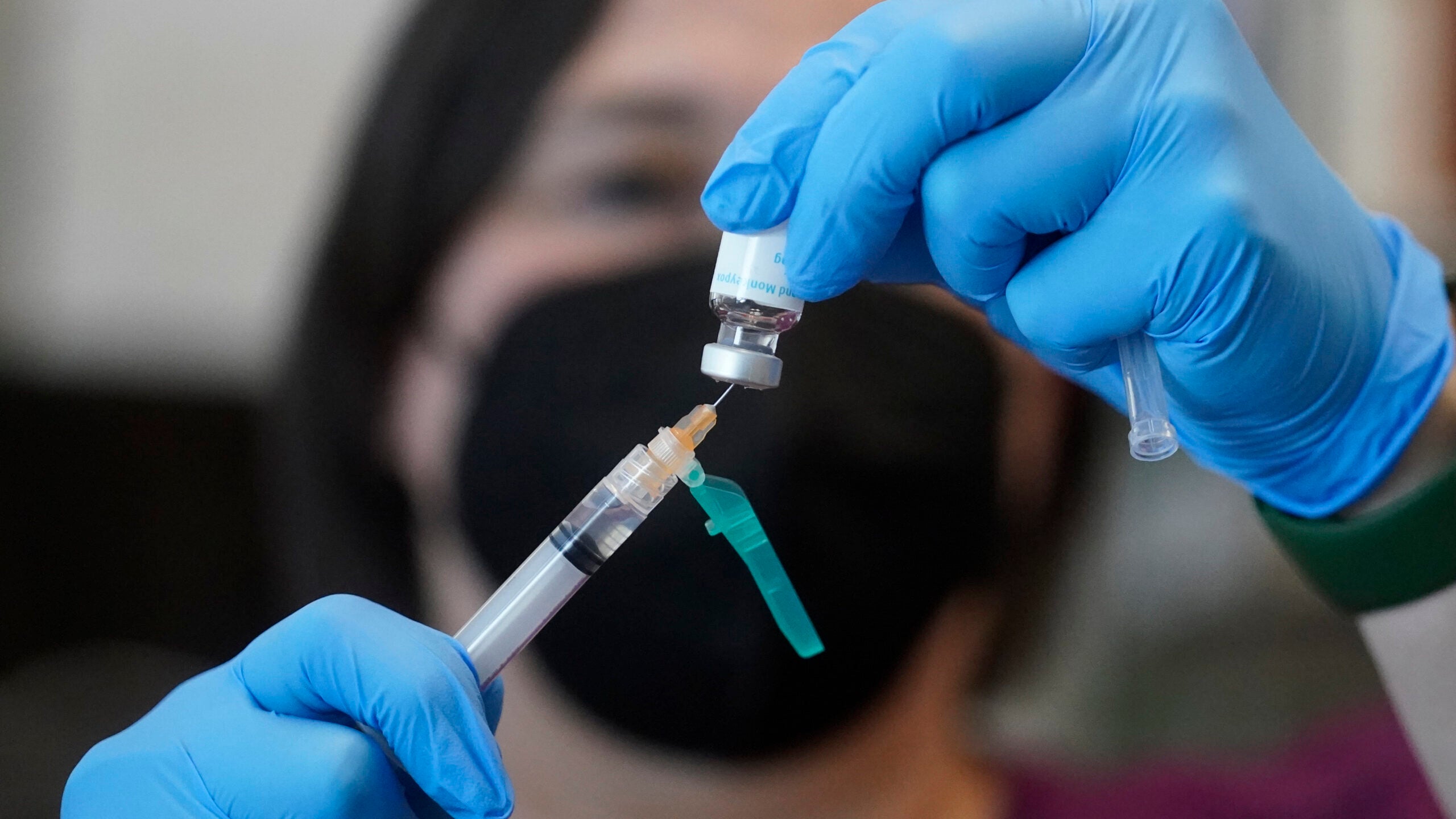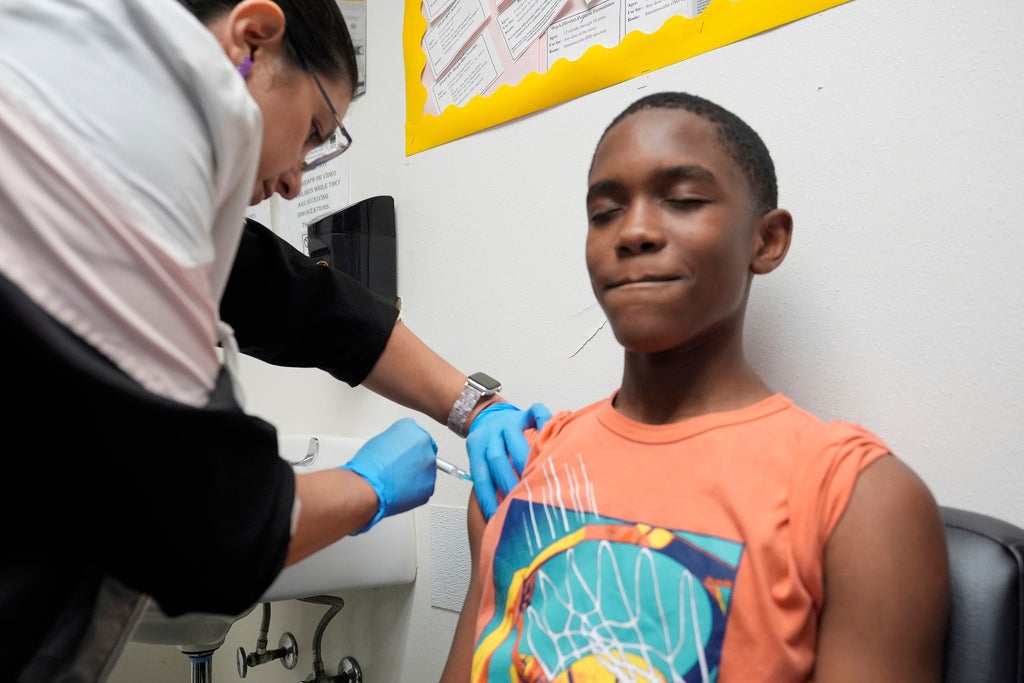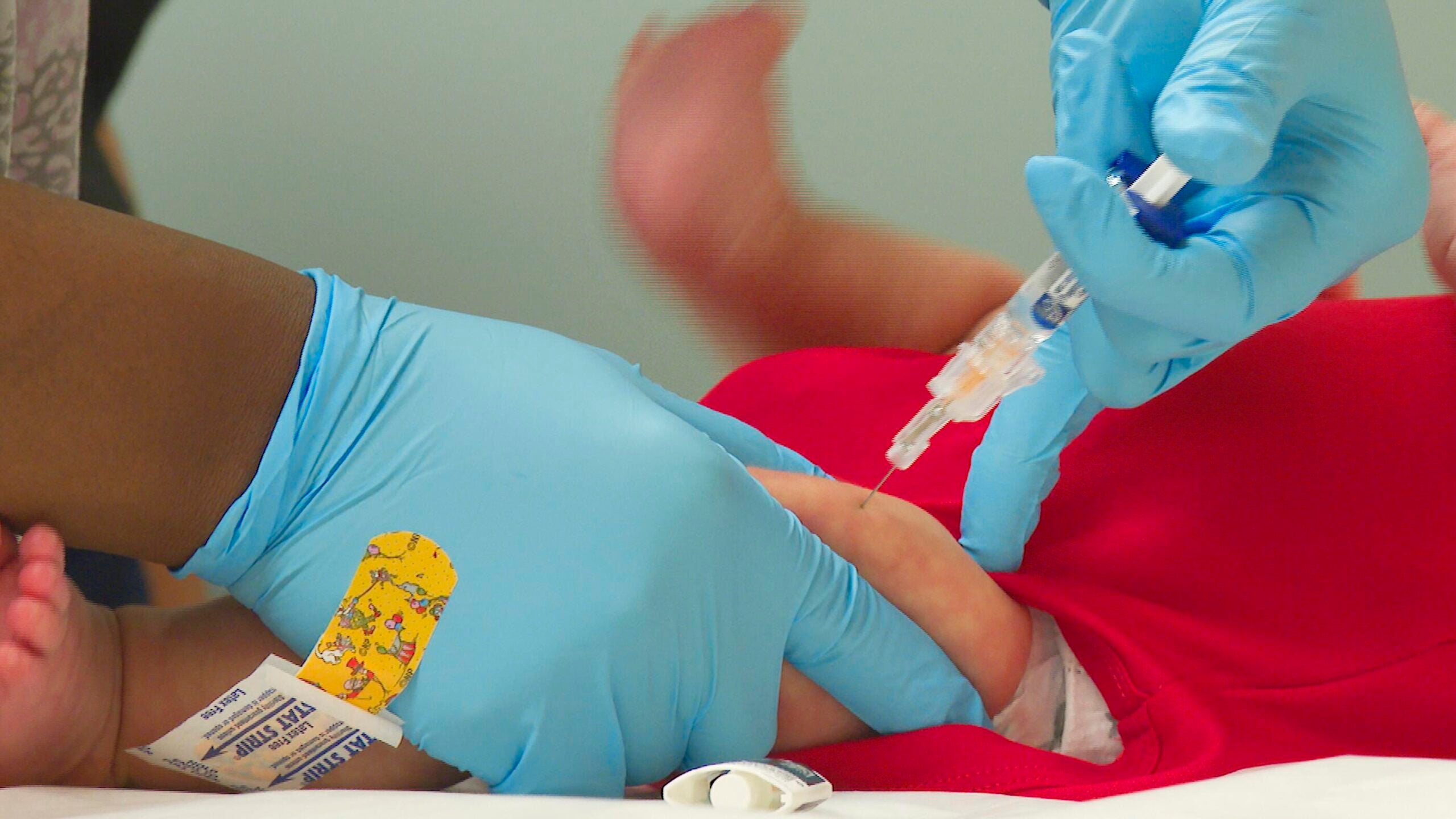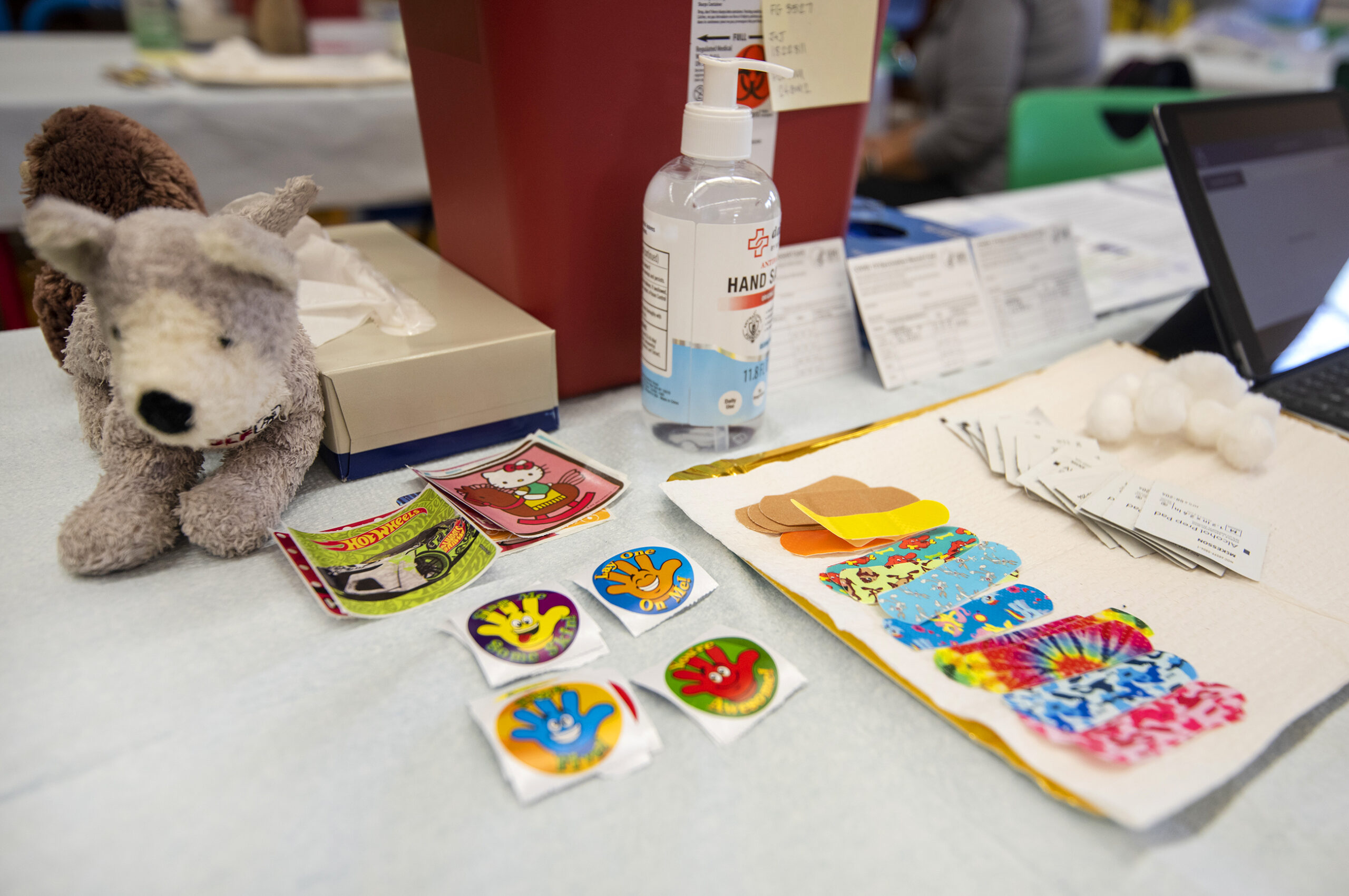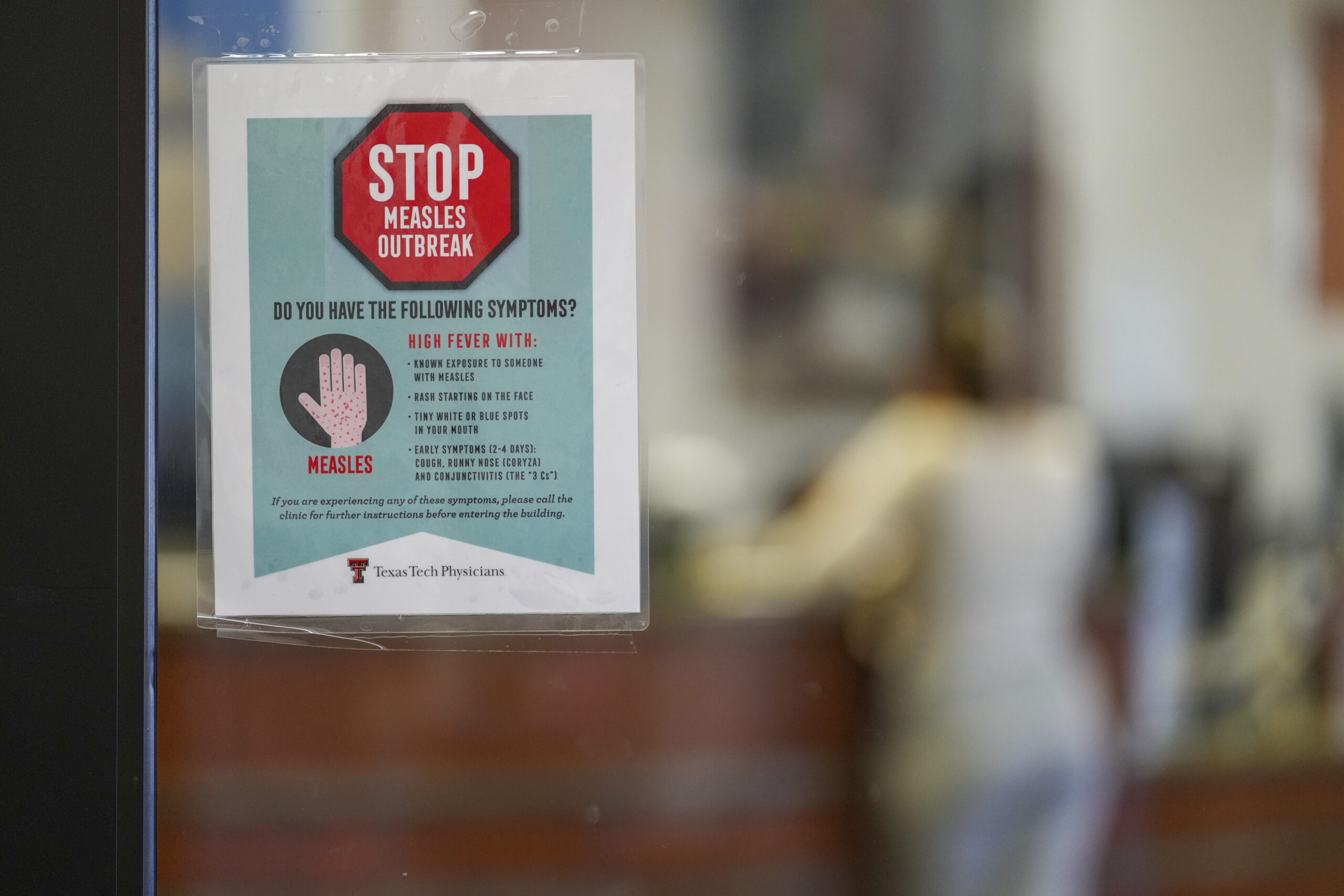A Wisconsin Department of Health Services official says they’re hopeful changing federal guidance for administering the monkeypox vaccine will help stretch the limited number of doses available. But it will take time to ensure health care providers are ready to give the vaccine in a new way.
The monkeypox virus, which is similar to smallpox, has continued to spread across the United States and prompted federal health officials to declare a public health emergency last week.
There have been 32 confirmed cases of monkeypox across Wisconsin since it was first reported in the state in July. Centers for Disease Control and Prevention data shows there have been almost 9,500 confirmed cases in the U.S. as of Tuesday.
News with a little more humanity
WPR’s “Wisconsin Today” newsletter keeps you connected to the state you love without feeling overwhelmed. No paywall. No agenda. No corporate filter.
On Tuesday, the U.S. Food & Drug Administration issued emergency authorization to allow health care providers to administer a smaller dose of the JYNNEOS vaccine through an intradermal injection, which sits within the layers of skin, instead of being administered underneath it through subcutaneous injection.
Dr. Ryan Westergaard, chief medical officer for the DHS Bureau of Communicable Diseases, said the new method uses a fifth of the regular dose but has been shown to cause the body to produce the same level of antibodies.
“We have more people who can benefit from vaccines than we have doses for. So the ability to stretch our vaccine that much farther is a great opportunity,” Westergaard said during a call with reporters.
Westergaard said nearly 600 doses have already been administered as of Tuesday. DHS reported that 3,286 vials of the JYNNEOS vaccine have arrived in the state so far. The federal government has allocated a total of 5,986 vials to Wisconsin and officials say they will be requesting more.
Following federal guidance, DHS has prioritized the vaccine for people who have had contact with someone with monkeypox and members of the LGBTQ+ community, especially gay and bisexual men. The virus has affected this community first in the U.S., and a majority of cases worldwide have been transmitted through sexual or intimate contact, though the virus is not considered a sexually transmitted illness, and anyone can contract it.
Westergaard said DHS is working to distribute guidance on the new intradermal injection technique to vaccination sites and change the state’s immunization registry so providers can report the smaller doses. He said this step is important to allow the state to keep track of available inventory and how many people have been vaccinated as they continue to manage the public health emergency.
Westergaard said they have not directed vaccine sites to stop giving the full vaccine dose and are still encouraging providers to give the subcutaneous injection to those who are eligible as they prepare to switch over to intradermal injections.
“But as soon as possible and as many places as possible, we are going to be encouraging people to use the new technique,” Westergaard said. “We are looking into options to make sure that staff have different syringes that can be used for intradermal administration and are serving all of our vaccinating partners to find out if there are any training or workforce needs.”
He said these types of injections are a technique that most nurses learn and are most commonly used to test for tuberculosis.
With many colleges and universities preparing for the start of a new semester and the return of many students to campus, Westergaard said DHS has been in contact with school officials to see how the state can help prevent breakouts. He said the state’s response has been very similar to what was used during the height of the COVID-19 pandemic.
“Through our work with the COVID response, we made connections with a lot of colleges and universities, student health clinics and administrative leadership,” he said. “We are using those same communication channels to help them plan on campus and sharing the same sort of information about the disease, about who is at risk, about how to set up vaccination clinics.”
He said there has been less concern about the return of students at K-12 schools, but the agency has the same communication networks to provide school officials with needed information.
Wisconsin Public Radio, © Copyright 2026, Board of Regents of the University of Wisconsin System and Wisconsin Educational Communications Board.
